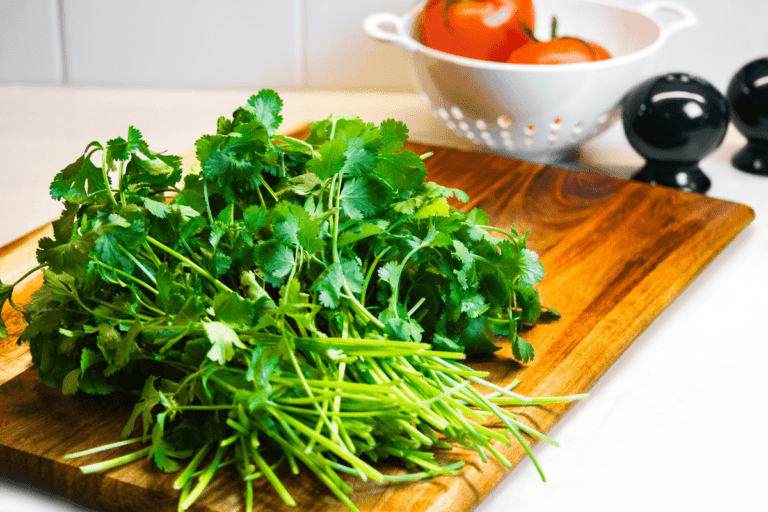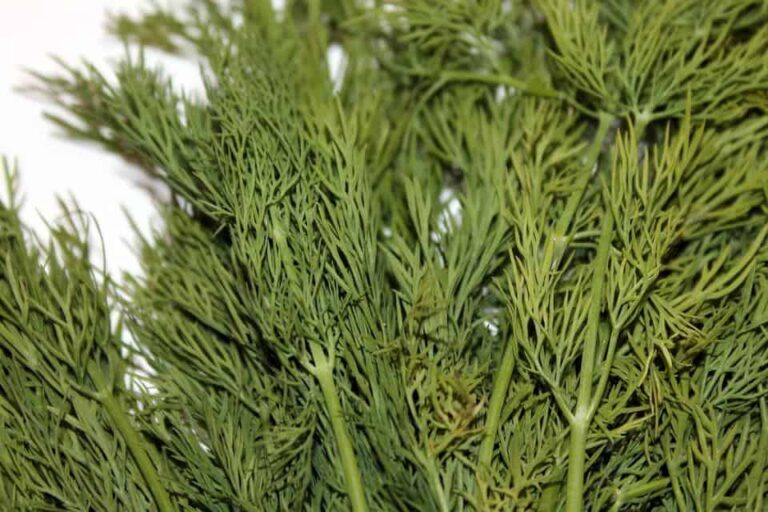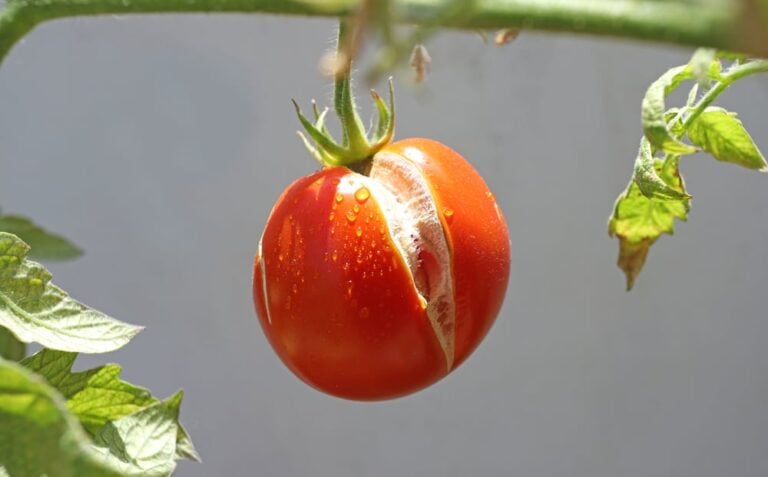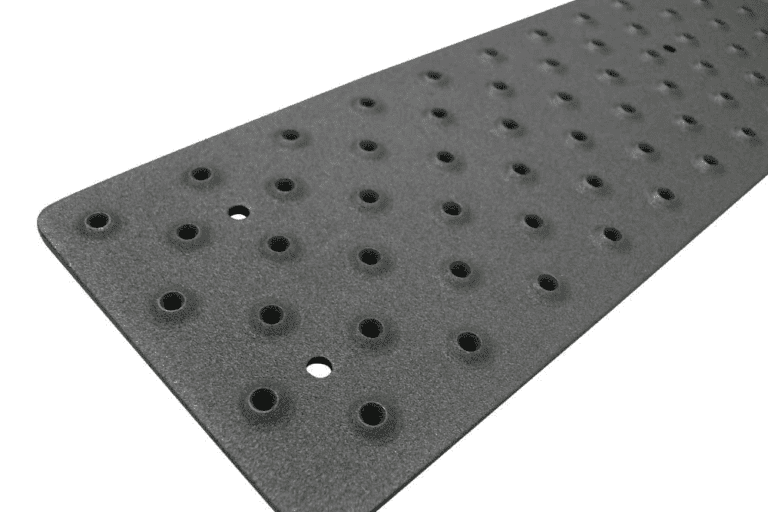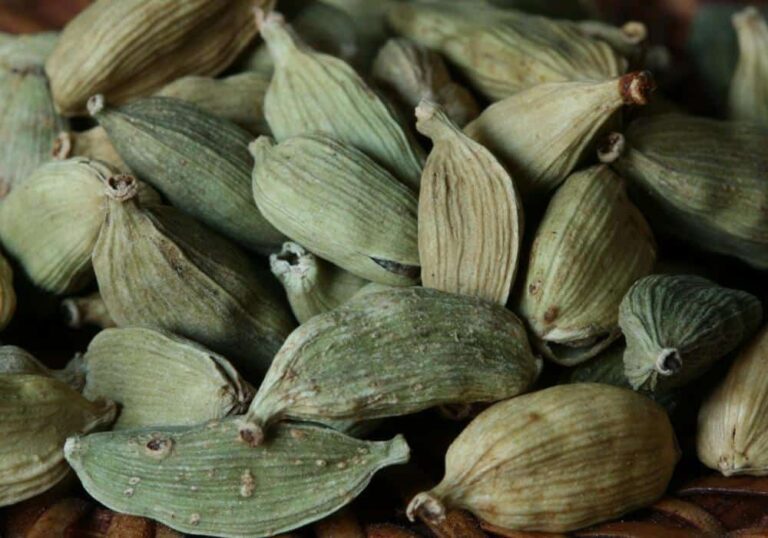How to Grow Clove Plants – Detailed Guide
Cloves are dried unopened flower buds that are harvested from the Syzygium aromaticum tree that is native to the Indonesian islands of Maluku. They usually need lots of warm and lots of moisture. They also tend to fare best in the shade.
Uses for Cloves
Because of the strong aromatic feature of cloves, many people use these unopened flower buds when creating decorations for their homes. They are ideal for creating homemade potpourris, wreaths, and holiday decorations.
As a spice, cloves are used in many types of cooking. Their unique pointy nail-like shape gives you the ability to encompass meats allowing their flavors to absorb into the fibers of the meat as it cooks giving it a distinctive flavor.
Ground cloves are often used in desserts, such as pumpkin pie, as well as in chutneys and relishes to give them that earthy flavored that is associated with these dishes.
Medicinal Uses
In addition to their uses in cooking, and as a decoration, cloves have been used in homeopathic medicine for centuries to treat everything from a toothache to more severe illnesses such as Malaria and Cholera.
According to In Depth Info, cloves have been used medicinally as an antifungal, antiviral, antiparasitic, antispasmodic, and analgesic medication treatment throughout history. The Romans even used cloves to improve digestion and get rid of bad breath. See the video below for more health uses.
https://youtu.be/PnX1TvLDQUw
Natural Purple Dye
When the flowers of Clove Trees are permitted to mature, they will become Clove Fruit and Clove Seeds. These fruits are a purplish color and produce a purple juice that stains anything it touches similar to pomegranates. See the video below for an up-close look at this unusual fruit.
Mosquito Repellent
And if the items listed above aren’t enough reason to want to plant your own Clove Tree, Plant Care Today, lists the Clove Tree in its list of the 13 best plants for repelling mosquitoes.
By planting a few of these mosquito repelling trees in containers, you can bring them in during unsuitable weather, and then relocate them to your patio, balcony, or yard during those months when mosquitoes are most prevalent in your area.
Best Environments to Grow Clove Trees
Clove Trees naturally grow in warm and extremely humid environments and have been known to reach up to 100 feet tall with boughs that span around 15 feet. Their particular preferences to high humidity and warmer weather make them unsuited for regions with colder climates that drop below 50 degrees Fahrenheit and dry air.
iFood.TV recommends choosing a shady location that keeps seedlings out of direct sunlight when starting the growing process from seeds.
How to Cultivate Cloves
Soil Requirements
Clove Trees require soil that has good drainage, as well as a lot of organic matter to grow to their full potential. You should prepare the soil before planting with organic materials such as:
- Peat Moss
- Compost
- Sand
- Loam ( soil that is equal parts sand, clay, and silt)
If planting from seeds, you will need to start them in containers making sure to plant the seeds a minimum of 3-cm apart from each other and 2-cm deep for them to germinate without overcrowding seedlings.
Water Requirements
You will need to water your Clove Trees every week assuring that they receive at least an inch and a half of water per week. Also, if you see that the soil is drying out between waterings, you will need to increase either the amount of water or the frequency at which you are watering.
Even though Clove Trees like moist soil, they do not like to have wet soil. Wet soil increases the chances of your tree’s roots developing rot, disease, and fungal issues that are very detrimental to the life of your tree. These potentially harmful illnesses that are caused by overwatering make it is vital to your tree’s health to maintain the proper moisture balance in your soil.
Fertilization of Clove Trees
eHow suggests a progressive fertilization method using their homemade fertilizer mixture that is made up of rock phosphate, urea, muriatic potash, and Epsom salts. (See their link for exact measurements.) It is important to remember when fertilizing your Clove Tree that the soil must be moist and the mixture should be thoroughly blended into the soil.
In addition, the University of Minnesota Tree Fertilization Guide provides you with all of the tools that you need to know when, how, and what to feed your trees to ensure that they receive all of the vital nutrients that they need to prosper and produce healthy buds.
Container Clove Tree Cultivation
Although the Clove Tree can be quite large, it’s possible and in certain geographic locations recommended that containers be used in the early stages of germination. Since these trees are very slow growing and have extremely particular environmental needs, they may spend several years in containers before being large enough and strong enough to handle the transplantation process into your yard.
Their slow growth has been attributed to the Clove Tree’s long life span, as they have the ability to live as long as 100 years or more with the right environmental conditions.
When choosing a container to plant your seedling, you should select a container that is at least 12 inches in diameter to start, so that the tree’s root system has room to develop; as the tree grows you will need to transplant to a larger container to avoid root-bound issues that will obstruct water absorption.
You will want to wait until your seedling has reached about 9 inches tall before transferring it from its sprouting medium to its new container. Waiting until it has reached 9 inches provides the plant with more stability giving it a greater chance of withstanding damage that can occur during the transplant process.
When You Should Expect to Start Seeing Blooms
Global Health Center states that you can expect to wait for up to 20 years to see your Clove Tree blossom if you are starting out with a freshly planted seedling. Other sources site that the propagation or blooming process for Clove Trees takes between 12 and 15 years.
Photo by Prof. Chen Hualin licensed under CC-BY-SA-4.0


